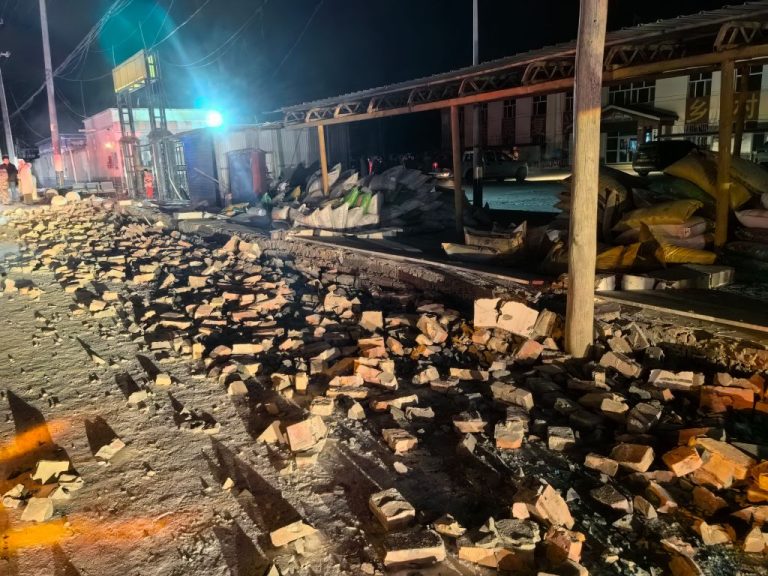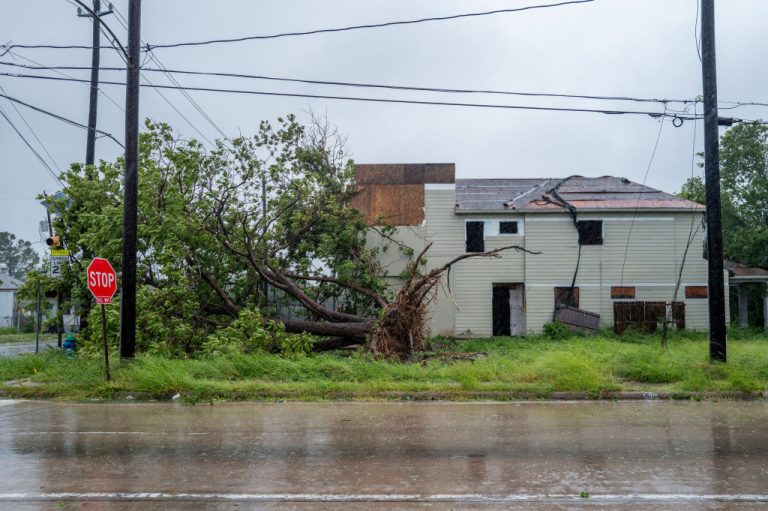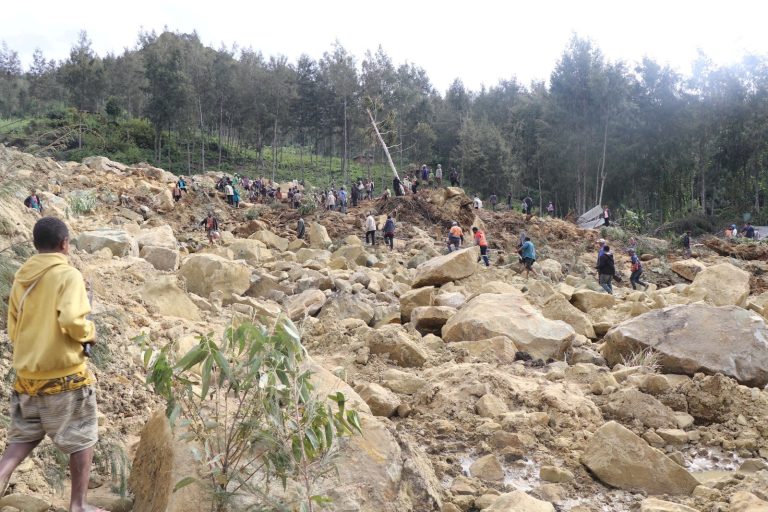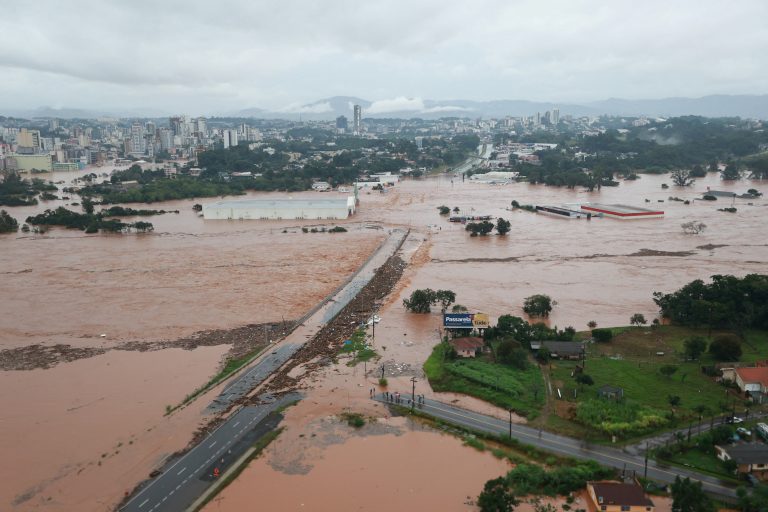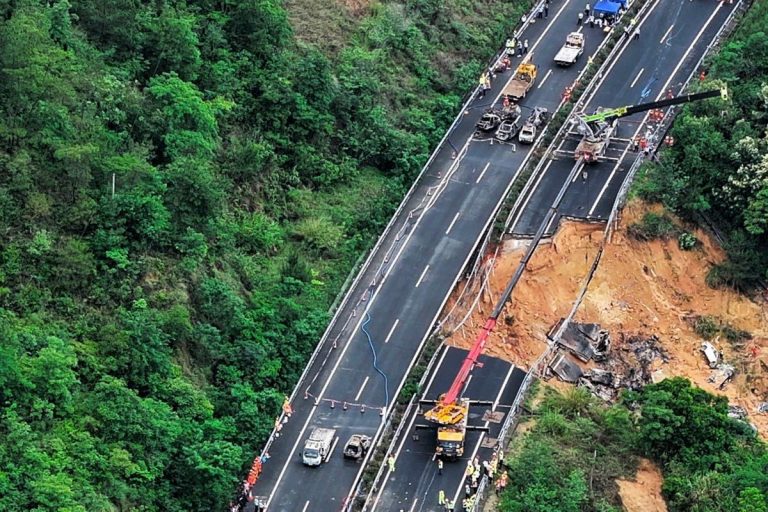In the early hours of Jan. 23, a “very strong” earthquake struck the remote part of China’s western Xinjiang region. The 7.1 magnitude quake, which shook the Uchturpan county of Aksu prefecture, has so far claimed the lives of at least three people, and left dozens injured.
The quake, which jolted the region shortly after 2 a.m., was so powerful that aftershocks could be felt as far away as Urumqi, Ili, Kyrgyzstan, Kazakhstan, and Kashgar, according to the China Earthquake Networks Center.
Following the calamity, rescue operations were promptly mobilized — with around 1,000 rescue workers arriving by midday, according to state-run Xinhua News Agency. The agency added that emergency survival gear, including coats, medical supplies, and tents, were also dispatched to assist the thousands of people that had been displaced.
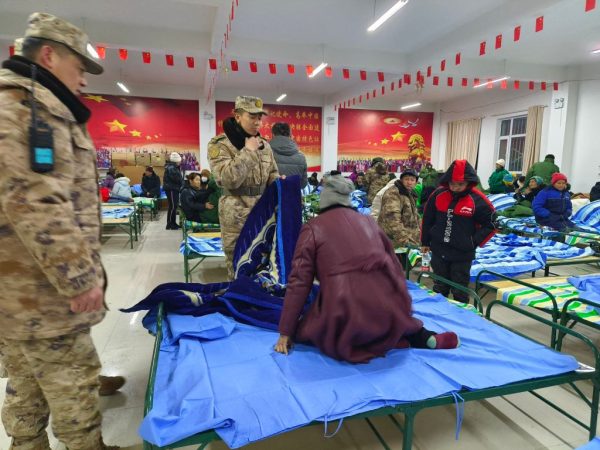
RELATED: Extreme Cold Snap Paralyzes Parts of China as Authorities Warn of Widespread Disruptions
But frigid conditions in the region, with temperatures dipping as low as -18° Celsius (just below zero Fahrenheit), pose additional challenges for rescue operations trying to reach those trapped under rubble. Posts and videos circulating on social media also show hundreds of survivors huddling together in what look like open-air shelters, with many having to light bonfires in order to stay warm.
Rugged terrain complicates search efforts
Success
You are now signed up for our newsletter
Success
Check your email to complete sign up
Zhang Yongjiu, head of the Xinjiang Earthquake Administration, addressed the quake’s severity in a news briefing and expressed optimism that the death toll would not continue to climb. “[The quake’s] 7.1 rating is very strong, but the death and injury situation is not severe,” said Zhang, suggesting that the sparse population of the area may have played a role in keeping the death toll relatively low.
The quake’s epicenter was located in a mountainous area about 3,000 meters (about 9,800 feet) above sea level — posing a challenging environment for rescue and relief efforts. The region, which is heavily militarized and home to the Uyghur Muslim ethnic minority, saw swift action from state broadcaster CCTV showing paramilitary troops clearing rubble and setting up tents for those displaced.
But the Chinese government’s response to the quake stands in stark contrast to its widely criticized treatment of the ethnic Uyghur population in the region. According to multiple reports, more than 1 million Muslim Uyghurs may have been sent to concentration and re-education camps, under the guise of counter-terrorism and assimilation. These allegations bring to light severe human rights concerns, including forced labor, ethnic cleansing, and sexual abuse.
MORE ON THIS: Two Years After Uyghur ‘Genocide’ Revealed, Calls for Action Remain Unanswered
Extensive damage
The damage was extensive, with more than 120 buildings sustaining some level of damage, local media reported. According to the local government of the Xinjiang Uygur Autonomous Region, 47 houses had collapsed — most of which were located in remote areas and had been built by residents with less than sturdy materials. But newer public housing built by the Chinese government withstood the quake, the Xinjiang authorities claimed.
Among those affected by the quake was Jian Gewa, a 16-year-old student from Uchturpan. While recounting his experience, Jian said, “I just thought I had to get myself to safety as quickly as possible,” he told the Associated Press (AP) after being evacuated to a school dormitory-turned-shelter along with 200 other survivors.
In Youkakeyamansu, an Aksu country village, AP journalists reported seeing “cracked and partially collapsed walls,” with the entire village being told to evacuate to a shelter. The quake also caused disruptions in utilities and transportation, with downed power lines and train services being temporarily suspended for safety checks.
Far-reaching effects were also felt, with tremors detected hundreds of miles away. Ma Shengyi, a pet shop owner living in Tacheng said the ordeal was harrowing. “I was scared to death,” she told reporters, adding that she didn’t know whether to flee or to try and wait it out. Tacheng is located about 600 kilometers (approximately 373 miles) from the quake’s epicenter.
String of calamities
The U.S. Geological Survey noted that this was not the first time the area had experienced a quake of this magnitude; a similar event occurred in 1978. Aftershocks continued throughout Jan. 24 — with the strongest measuring at 5.3 magnitude.
Earthquakes are not uncommon in western China, and the country has been struck by a series of recent tragedies, including a devastating 6.2-magnitude earthquake that rocked nearby Gansu Province and claimed 151 lives in mid-December.
MORE ON THIS: Massive Earthquake Rocks China as Rescue Efforts Are Hampered by Frigid Temperatures
Other calamities include a catastrophic fire in Jiangxi Province that engulfed a shopping center, resulting in the loss of 39 lives. In the southwestern province of Yunnan, a mountain collapse, which was attributed to excessive mining, killed another 31 people.



